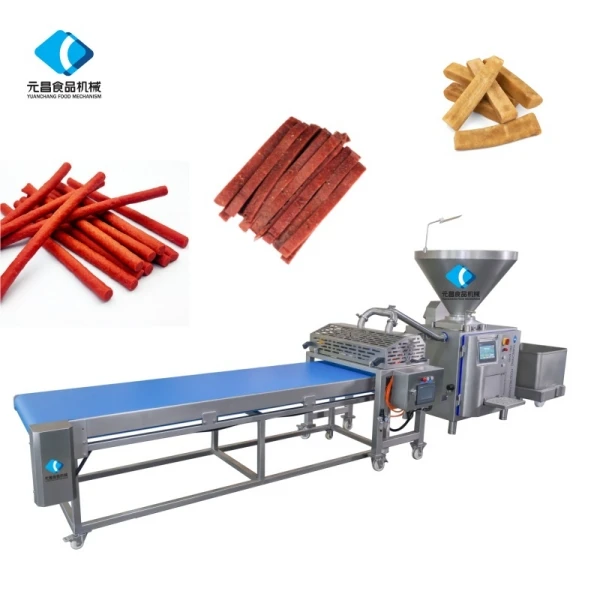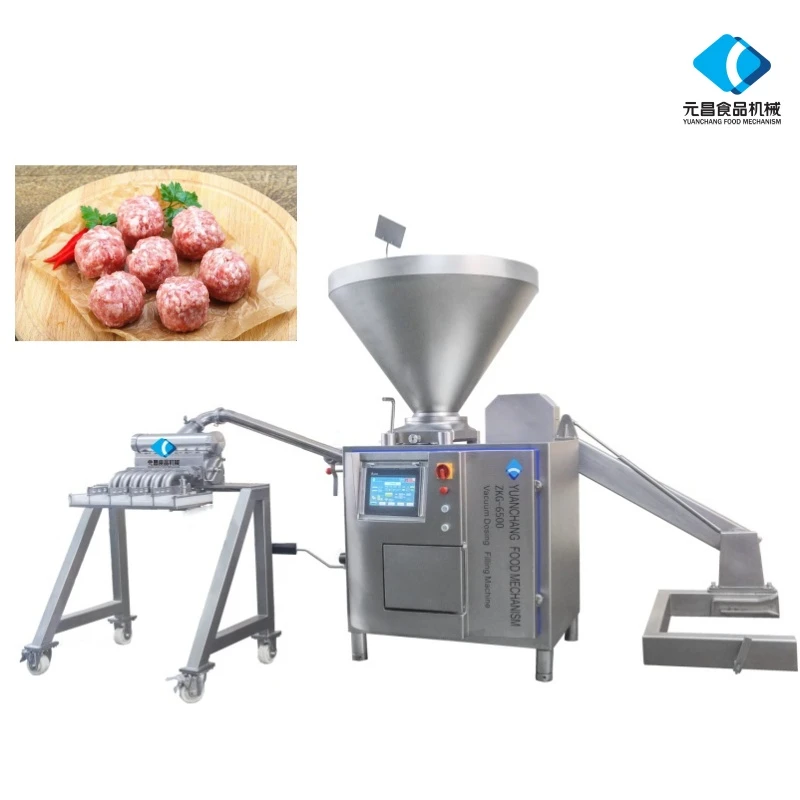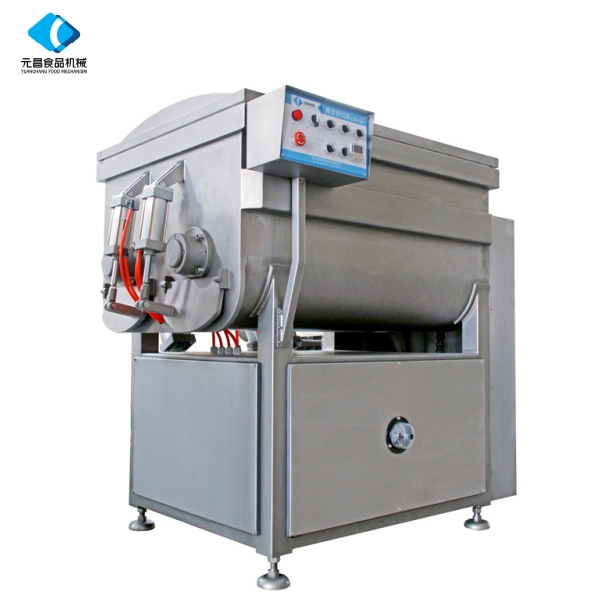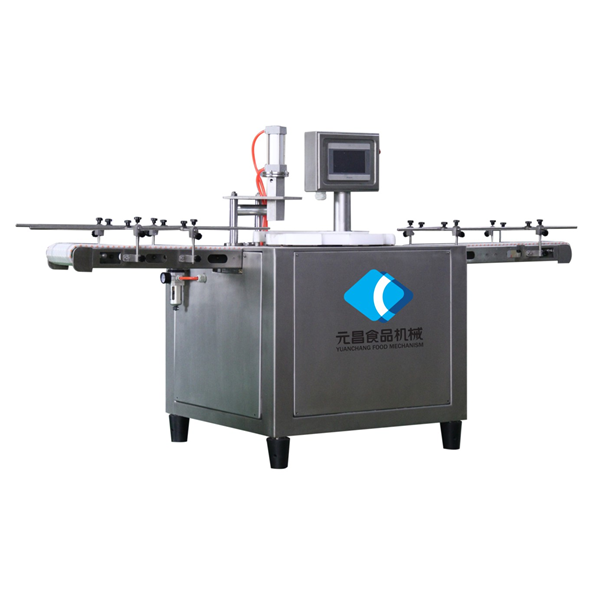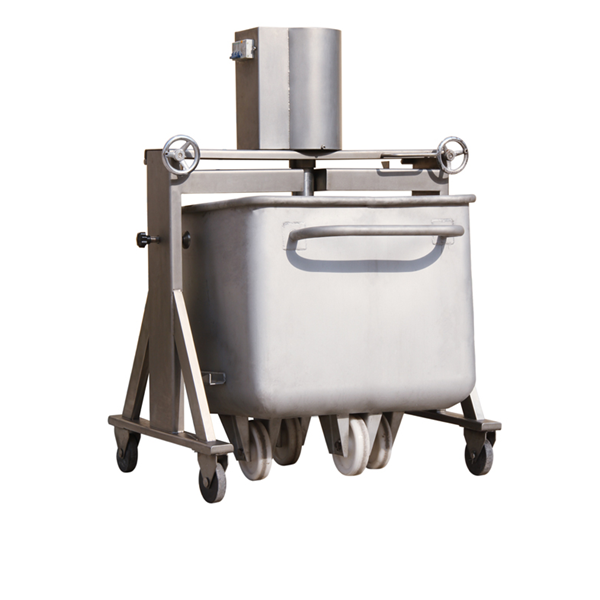Chicken Harvesting Equipment: Efficient & Humane Solutions for Poultry Producers
The Subtle Art of Chicken Harvesting Equipment: Why It Matters More Than You Think
Chicken harvesting equipment might not be the flashiest topic when you think about global food systems, but frankly, it’s a quiet backbone of poultry production worldwide. It’s all about turning chickens from barn to plate efficiently, safely, and sustainably. Understanding this technology isn’t just a niche interest for factory managers or meat processors; it has ripples across food security, rural economies, and even environmental stewardship.
The truth? When done right, chicken harvesting equipment reduces waste, speeds up processing, and ensures animal welfare standards—key for both producers and consumers. If you’re curious about what machinery, design, and innovation go into this often overlooked aspect of food production, buckle up.
Why Chicken Harvesting Equipment Is a Global Player
Globally, chicken is the most consumed meat—about 123 million tons annually as per FAO statistics. That’s a gigantic number and growing, especially in developing countries where poultry is a critical protein source. Enter chicken harvesting equipment: the industrial or semi-industrial machines that gently catch, transport, and prepare chickens for processing.
Here’s the challenge: manually handling millions of chickens is labor-intensive and poses risks for animal stress and worker injury. According to ISO guidelines, automation and mechanization reduce these risks, ensure consistency, and improve biosecurity. Yet, many small-scale producers still rely on outdated or manual methods, which can be inefficient and neither humane nor cost-effective. So, upgrading to modern chicken harvesting solutions is both an economic and ethical imperative.
Mini takeaway: The demand for efficient harvesting equipment is skyrocketing worldwide, a response to growing poultry consumption and the need for humane, scalable, and safe production practices.
What Exactly Is Chicken Harvesting Equipment?
In simple terms, chicken harvesting equipment includes all machinery and tools designed to collect live chickens from farmhouses and move them to the processing line. This can range from automated catching machines, conveyor systems, to transportation crates designed to reduce stress and injury.
Think of it like a specialized logistics system carefully designed for sensitive cargo—only, in this case, the cargo is alive and feathered. Modern equipment blends mechanical precision with animal welfare principles, making it essential for modern poultry farms, slaughterhouses, and even emergency response scenarios involving food supply stabilization.
Core Components of Effective Chicken Harvesting Equipment
1. Durability
Chickens aren’t exactly gentle cargo. The equipment needs to withstand constant use in humid, sometimes dirty environments without breaking down. Stainless steel frames and corrosion-resistant parts are standard. Lightweight but strong materials improve ergonomic handling — an engineering sweet spot.
2. Scalability
Whether a farm handles a few thousand or millions yearly, the harvesting equipment must scale accordingly. Modular conveyor systems or adjustable catchers allow farms to increase throughput without a complete overhaul. This flexibility matters as farms grow or face seasonal spikes.
3. Cost Efficiency
For producers, equipment is an investment. The balance between capital cost, maintenance expense, and labor savings defines ROI. Machines requiring minimal training and upkeep are favorites, especially in regions where skilled labor is scarce.
4. Animal Welfare Compliance
Equipment isn’t just about moving birds — it’s about minimizing stress and injury. Features like padded catching arms, non-slip conveyor belts, and gentle crate loading mechanisms align with welfare standards set by bodies like the World Organisation for Animal Health (OIE).
5. Ease of Integration
Most modern harvesting systems need to slot neatly into existing processing lines. Plug-and-play design or custom fittings help avoid costly downtime. The simpler the integration, the faster production ramps up.
6. Hygiene and Cleanability
Strict biosecurity rules mean equipment surfaces must be easy to sanitize thoroughly. Rounded edges, removable parts, and smooth coatings speed cleaning cycles.
Mini takeaway: Effective chicken harvesting gear balances rugged industrial durability with animal welfare, cost, and operational flexibility.
Real World Applications Across the Globe
You’ll find chicken harvesting solutions everywhere poultry is big business: from huge commercial complexes in the U.S. and Brazil, to emerging farms in Southeast Asia, and even in remote African regions where food supply resilience is key. For example:
- In the U.S.: Automated catching machines cut labor costs and increase line speed dramatically, helping satisfy supermarket demand.
- In Vietnam: Small-scale modular catchers are popular. They’re affordable and prevent live birds from getting bruised during capture.
- Disaster Relief Efforts: Rapid deployment chicken harvesting equipment kits are used in post-disaster zones to quickly stabilize poultry farming, helping restore local food supplies.
Such decentralized applications show this technology isn’t restricted to big players alone. NGOs and local cooperatives benefit too.
Advantages & Long-Term Value of Modern Equipment
One of the more obvious benefits is labor reduction. But beyond that, chicken harvesting equipment helps improve product quality. Less stress on animals means better meat texture and color — which consumers can really tell the difference in.
Environmentally, efficient systems help reduce energy use and bio-waste. Some companies are designing equipment using recyclable components, or powering them via solar panels — tying into a wider sustainability push.
Socially, the welfare-conscious design fosters trust with consumers increasingly concerned about ethical meat production. And workers gain safer conditions, lowering injury rates.
All in all, this equipment isn’t just a financial buy ; it’s a commitment to a better supply chain, which frankly is the backbone of resilient food systems worldwide.
What’s Next? Future Trends in Chicken Harvesting Equipment
Looking ahead, a wave of innovation is underway. Automation and AI-guided picking systems promise near-zero bird injury rates by adapting to bird size and behavior. Smart conveyors with sensors can adjust speed dynamically to avoid jams.
Green energy integration is another hot topic, especially as farms seek to reduce carbon footprints. Batteries, solar panels, and highly efficient electric motors are making their way into brand-new units.
And digital tracking ensures full traceability from catch to processing, right down to batch and bird metadata — big data for poultry.
Common Challenges and How Experts Are Tackling Them
Despite great progress, issues persist. For example, high upfront costs can be prohibitive for smallholders. To counter this, some manufacturers offer leasing programs, or scalable equipment that can expand with farms.
Another challenge is localized suitability — a machine perfect for cold climates might struggle in tropical humidity. Engineers now focus more on modular components and regional customization to meet diverse conditions.
Lastly, training remains a bottleneck. Many regions lack skilled operators. In response, companies increasingly provide digital training modules or remote troubleshooting via mobile apps.
FAQ: Chicken Harvesting Equipment Answers
- What features should I look for in chicken harvesting equipment to ensure animal welfare?
- Look for padded, gentle-catching mechanisms, smooth conveyors, and equipment designed to reduce handling time. Compliance with OIE welfare standards is a good benchmark.
- Can small farms afford modern harvesting equipment?
- Yes. Many vendors offer modular or downsized systems suited for smaller operations, plus leasing options or shared equipment pools to lower costs.
- How does automation improve harvesting efficiency?
- Automation reduces human error, cuts labor needs, and maintains consistent handling speed, leading to fewer injuries and higher throughput.
- Are there eco-friendly chicken harvesting solutions?
- Absolutely. Equipment made from recyclable materials, designed for energy efficiency or powered by renewables, is increasingly available.
- Can I integrate new harvesting equipment into existing processing lines easily?
- Many modern machines feature modular design and adaptable interfaces, so integration is smoother, minimizing downtime and complexity.
Chicken Harvesting Equipment Product Specification Table
| Specification | Model A - Auto Catcher | Model B - Modular Conveyor | Model C - Portable Crate System |
|---|---|---|---|
| Capacity (birds/hour) | 12,000 | 8,000 | 2,000 |
| Material | Stainless Steel | Aluminum Alloy | High-Density Polyethylene |
| Power Source | Electric (220V) | Electric / Solar Optional | Manual |
| Weight | 450 kg | 300 kg (modular segments) | 50 kg |
| Animal Welfare Features | Padded arms, non-slip grips | Variable speed control | Ventilated crates, ergonomic design |
Vendor Comparison: Choosing the Right Partner
| Vendor | Price Range | Support & Training | Warranty | Customization Options |
|---|---|---|---|---|
| HarvestTech Solutions | $$$ (mid-high) | In-person + Online | 5 Years | Full custom engineering |
| PoultryGear Inc. | $$ (mid) | Online tutorials | 3 Years | Some modular upgrades |
| AgriMach Systems | $ (low) | Remote support | 1 Year | Standard models only |
Wrapping It Up: Why Chicken Harvesting Equipment Is Worth Your Attention
So, chicken harvesting equipment might sound like a mouthful, but it’s your farm’s or processing plant’s unsung hero, keeping things humane, efficient, and forward-looking. If you’re managing poultry production, upgrading your gear isn’t just about saving a few bucks — it’s about investing in sustainability, quality, and worker safety. It’s the machine behind the scenes that helps feed millions with more care and less waste.
Curious how modern tech can transform your poultry operation? Visit our website: chicken harvesting equipment — we have a range of solutions tailored for your needs.
Remember, the future of poultry isn’t just faster—it’s kinder, smarter, and greener.
References
-
Discover the Benefits of Vacuum Marinating Machines for Efficient Food ProcessingNewsNov.24,2025
-
The Ultimate Guide to Commercial Chicken Scalders: Efficiency, Sustainability & InnovationNewsNov.23,2025
-
Comprehensive Guide to Meat Processing Plant Equipment | Efficiency, Safety & SustainabilityNewsNov.21,2025
-
Meat Processing Bins: Durable Solutions for Safe & Efficient Meat Handling WorldwideNewsNov.20,2025
-
Best Commercial Marinating Machines for Meat Processing | Efficient & ScalableNewsNov.20,2025





